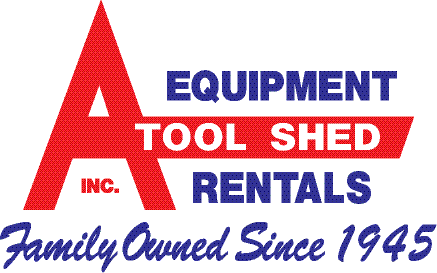-
Removing Grass After Tilling Your Garden
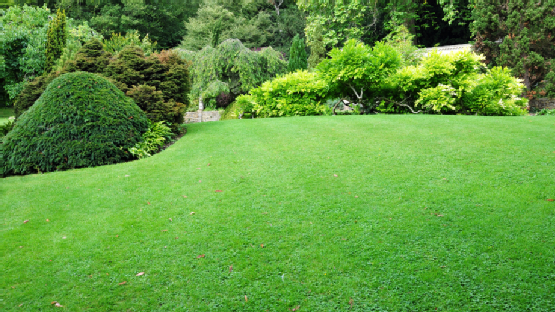
If you want to turn a plot of grass into cultivated soil ready for planting, your equipment rental store can help. One of the many pieces of lawn and gardening equipment you can rent is a rototiller. Rototillers, also known simply as “tillers,” break through grass and loosen soil. However, the grass remaining in the soil after tilling can grow from its roots and seeds. Unless you want to fight grass and weed throughout the gardening season, you will need to remove the grass and tilling your garden. Here’s how:
Go Over Your Garden with a Hoe
After you finish tilling your garden , work your way around the outermost edge of the tilled soil with a garden hoe, breaking up soil clumps as you work your way inside. As you move towards the center of your garden, remove clods of grass so you don’t compact them into the soil with your feet as you move around.
Rake Your Garden
After breaking up any noticeable clumps of soil and grass, pick through the soil with a wide-toothed bow rake, also available at your tool and equipment rental store. Dig around a bit to remove all grass clumps that were turned below the soil surface with the rototiller. Rake the grass clumps into a large pile and repeat the procedure until you no longer find clumps of grass in your garden.
Discard the Grass
After thoroughly picking through your garden with the rake and hoe, move the piles of grass clumps outside of your garden using a shovel and wheelbarrow. After spreading the grass to dry, add it to your compost bin.
For everything you need to keep your garden thriving, come to A Tool Shed Equipment Rentals. We are your source for tool and equipment rentals in San Jose. From rakes and hoes to rototillers, sod cutters, and edgers, we have the tools and equipment you need. Visit our website to see our entire selection, or call us at (831) 359-4769 to reserve your tools today !
-
Landscaping Mistakes to Avoid Around Your Home

It’s easy to take care of your home’s landscaping with the right tools and equipment available from your local equipment rental store. But even with a full arsenal of lawn and gardening tools , you can still make mistakes if you don’t know what you’re doing. To help maintain the landscape around your home, here is a look at some of the most common landscaping mistakes and tips on how to avoid them.
Cutting the Grass Too Short
It’s easy to get carried away and cut your grass all the way to the root, especially if you aren’t familiar with how to use the lawnmower you rented. If you scalp the lawn, it could result in a bare patch, which could make it inviting for insects and/or susceptible to disease. Let the blades grow longer in the summer to provide shade for the roots, and cut the lawn shorter in the winter to allow sunlight to warm the soil.
Pruning Too Much
Pruning is often just as much of an art form as it is a technique—which means that when done improperly, the result can be unappealing and harmful to your trees and shrubs. Every plant has a different pruning process, so be sure to ask around or do some investigative research to find out what’s best for each shrub and tree around your home .
Neglecting the Front Yard
A lot of homeowners put most of their energy into the backyard. However, the front of the house is where first impressions are made. This is especially important if you are putting your home on the market. Keep the grass trim and tight around the edges and plant colorful flowers to make your front yard pop.
A Tool Shed Equipment Rentals has all of the lawn and garden tools you need to maintain your home’s landscaping. Visit our website to see our full selection of tool and equipment rentals, or visit one of our six locations in San Jose and the surrounding areas . For additional information about our equipment rentals, call us at (831) 359-4769.
-
Tips for Using a Power Sander
Power sanders can be used for a wide range of tasks, and yet many people tend to use them sparingly due to intimidation. Follow the guidelines in this video in order to use power sanders safely and effectively.
When it comes to power sanders, bigger sanders do provide greater benefits. Large sanders have larger belts, which provides greater surface area and makes it easier to hold level. If you are a beginner, use a finer belt; mistakes will be minimized because less wood is being taken away. It is also a good idea to use a lower speed, as it reduces the probability of digging into your project and making mistakes.
For more tips for using a power sander, call A Tool Shed Equipment Rentals at (831) 359-4769 or visit our website. We are an equipment rental service based out of San Jose that specializes in the sale and rental of tools and equipment. For more information, stop by one of our six locations in northern California.
-
Conserving Water with Efficient Appliances and Fixtures
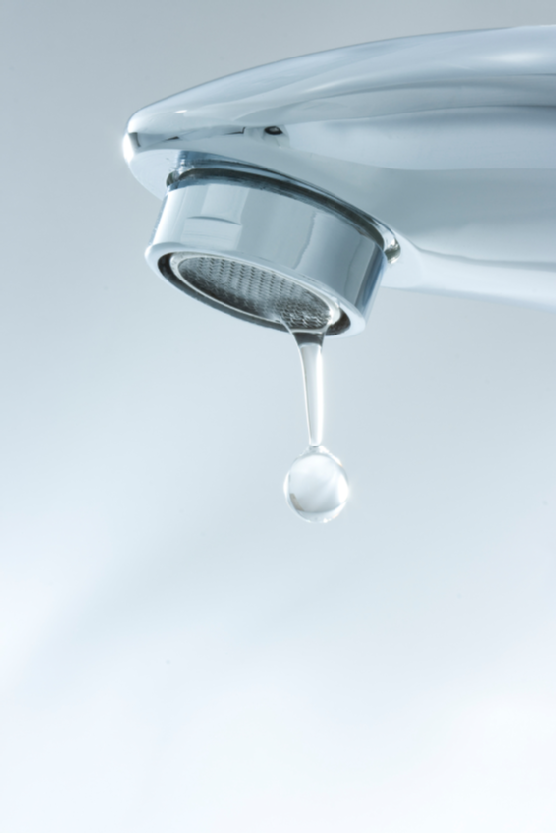
The “green” movement towards greater environmental efficiency has seen a variety of new tools that help to conserve money and resources. One of the resources that these tools help to conserve is water. Here is a look at the reasons and methods behind conserving water with efficient appliances and fixtures.
Why Conserve Water?
When you conserve water, you can potentially save a great deal of money. The more water an appliance uses, the more water it wastes due to leaks or inefficiency; more wasted water means more wasted money. Water is also a resource that is in short supply in certain areas. The northern Sierra snowpack is severely dry, and Californians are now facing the possibility of drought-like conditions. It will take a communal effort in water conservation to make sure that enough drinking water is available in California.
What Kind of Appliances?
Appliances that help to conserve water include aerators for faucets, low-flow toilets, leak detection systems, and showerheads with flow restrictors. An aerator fits on the end of a faucet and shapes and adds air to the water stream. This helps reduce energy costs and conserve water. Low-flow toilets, showers, and faucets deliver water with less pressure so less water goes to waste. Leak detection systems are tools that serve to identify leaks so that you can repair them as soon as possible.
Is It Worth It?
Switching to efficient appliances and fixtures is an investment, especially for commercial use. However, this investment typically pays off in as little as a year. Restrooms at LaGuardia Airport in New York have enjoyed a $90,000 upgrade that includes more efficient toilets, showers, and faucets, as well as a leak detection system. This investment returns about $160,000 each year in water savings .
If you would like to know more about conserving water with efficient appliances and fixtures, do not hesitate to call A Tool Shed Equipment Rentals . We are an equipment and tool rental and sale service based out of the San Jose area. For more information, visit our website, call us at (831) 359-4769, visit our website, or stop by one of our six convenient locations.
-
The Advantages of Drip Irrigation Systems

Drip irrigation systems strive to distribute water among plants and crops more efficiently, using a system of plastic piping and low-pressure water flow. In terms of efficiency and waste, this type of method is far superior to sprinkler systems. Here are a few of the advantages of drip irrigation systems.
Drip irrigation provides water to specific locations at a slow pace. Whereas sprinkler systems cause water loss because of evaporation and runoff, drip irrigation water goes directly into the soil; it can even be used effectively in windy conditions. If you are a particularly busy individual, you can use a controller to arrange automatic irrigation. All you need to do is make sure that you adhere to the irrigation schedule. Adding new plants and removing old ones is easy, and it requires the simple repositioning of emitter lines. In addition, drip irrigation systems eliminate the damage to wooden fences, pavement, and house siding that sprinkler systems cause.
A Tool Shed Equipment Rentals provides tool and equipment rental and sales. We operate out of six convenient locations, including San Jose. If you would like to learn more about us, visit our website or call us at (831) 359-4769.
-
Exploring Your Reciprocating Saw Blade Options
Ideal for cutting soft woods and plastics, reciprocating saw blades come in many different forms and materials. In this video, a home improvement expert provides a very brief introduction to these different types.
Saw blades are often measured by the number of teeth they have per inch inch, and reciprocal blades with a greater concentration of teeth tend to give users a smoother cut. As far as material is concerned, bi-metal blades are stronger than carbon-tipped blades and are capable of sawing through some metals such as nails that have been driven through wood.
Are you a homeowner or contractor in the San Jose area who is looking to rent a reciprocating saw that is in excellent condition? With six convenient locations throughout the area, A Tool Shed is never far away. To speak with an experienced representative about our tool and equipment rentals , call us today at (831) 359-4769
-
Which Saw Blade Is Right for Your Project?
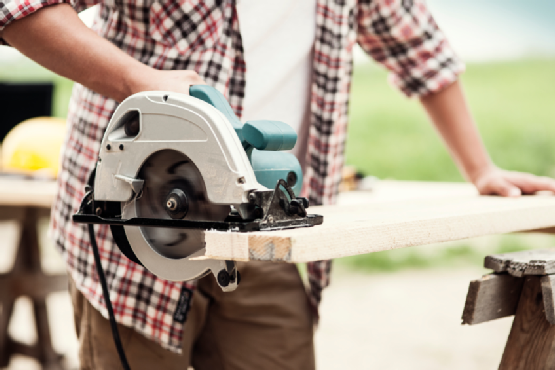
There are dozens of types of saws and saw blades, and choosing the right tool for your home improvement task is of vital importance in terms of safety, efficiency, and overall efficacy. In order to choose the right saw and blade, you need to know what materials you will be working with and how heavy or light your use of the saw will be.
The names of some blades, such as plywood blades, indicate what their primary use is for. To cut stone tiles, you will need a diamond-bearing edge blade. For a project that requires cutting several different types of materials, you may be able to get away with using a combination blade as long as nothing that you are cutting requires a smooth finish.
No matter what type of saw you are looking for, you can find it at A Tool Shed in San Jose. With six convenient locations and more than 60 years of tool rental experience, we are equipped to meet all of your needs. Call (831) 359-4769 to have your questions answered by one of our equipment rental experts.
-
Winter Maintenance for Your Home’s Driveway
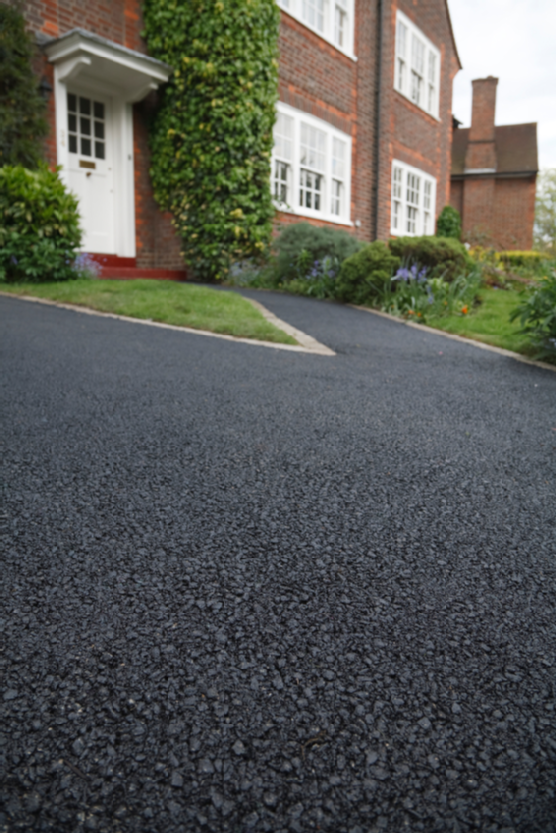
San Jose by no means has the coldest winters in the country, but it can get chilly in the area and even snow on occasion. To prevent harsh weather from creating or exacerbating cracks and fissures in your home’s driveway, there are a number of precautions you can take using tools you own or equipment you can rent . You can keep your driveway functional and attractive throughout the season and all year long by:
Filling Cracks
Winter weather has a tendency to expand cracks and other imperfections in concrete. By filling cracks in your concrete driveway or sidewalk while they are still small, you can spare yourself hassle and expense. A stiff brush, concrete-specific crack filler, and a putty knife are the three most important tools for this project, and you should be able to pick them up at your nearest hardware or home improvement equipment rental store.
Sealing Blacktop
To promote longevity, blacktop driveways should be resealed every couple of years. If it has been awhile since you last sealed your driveway, consider doing so the next time the temperature creeps above 50 degrees. Thoroughly clean and dry blacktop before applying a thin coat of sealant with a squeegee.
Attending to Expansion Joints
To protect the joints between concrete slabs on your driveway or sidewalk, fill them with liquid tar or window insulating foam. Before you do this, clean out the joints and rinse them with a high-pressure water hose. Once they have dried, they are ready to be filled.
Repairing Crooked and Upheaved Slabs
Slabs that have shifted or been upheaved are unsightly and dangerous, and should be repaired as timely as possible. If you have related experience, you may be able to rent the tools you need repair and level uneven slabs. Otherwise, call a concrete contractor.
A Tool Shed in San Jose has everything you need to get your driveway in great condition this winter. With 60 years of experience renting first-rate home improvement tools and equipment to DIY-focused homeowners and skilled contractors, we are familiar with the tools required for various tasks and can help you choose your equipment rentals accordingly. To learn more about our inventory or to make equipment rental arrangements, call (831) 359-4769 or visit one of our six San Jose area locations.
-
Caring for Your Trees During the Winter
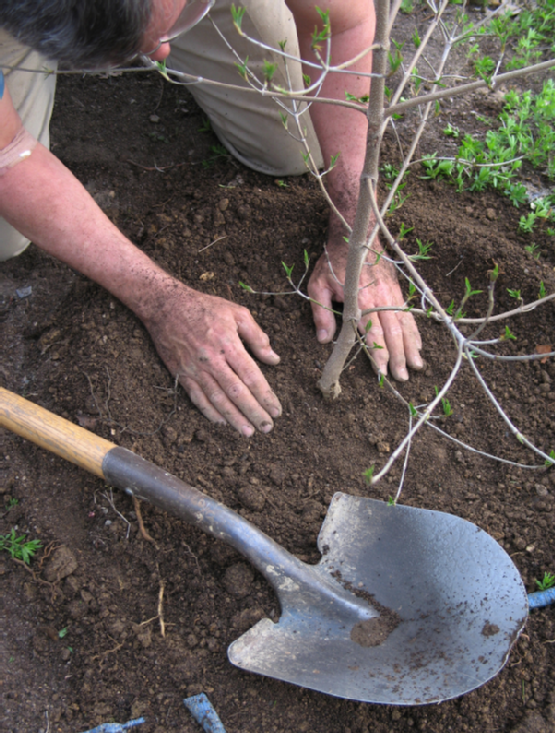
Healthy trees are pretty tough, with many species having average life spans that are significantly longer than our own. Still, frost, freezing temperatures, and snow can threaten tree health. To keep the trees on your lawn in good shape throughout the winter so that they are full of vitality and ready to bloom with bounty when springtime arrives, obtain the necessary equipment and take the following tree care precautions before the next freeze arrives.
Water Your Trees
Trees do not require as much water during periods of dormancy as they do during periods of activity, but they should still be watered year-round. If it hasn’t rained in a while, give your trees some water to keep them hydrated.
Clip Deadwood
Winter is the best time of the year to prune a deciduous tree because its barrenness makes it easier to spot deadwood and poorly placed branches. Buy or rent some high-quality pruning shears, and trim parts of your trees that may otherwise hinder their health and growth.
Lay Down Some Mulch
Mulch acts as a form of insulation that shields tree roots from freezing temperatures. It also retains moisture, which can spare you from having to water your trees as often as you normally do.
Wrap Youngsters
Young trees are more vulnerable to temperature extremes and other threats than are mature trees. If you have any young trees on your lawn, wrap them with a plastic guard or tree blanket to protect them from the elements.
Winter tree care is important, and is best carried out with reliable, high-quality tree maintenance equipment. If you live in the San Jose area and do not own pruning shears and other tools that are necessary for winterizing your trees, visit one of A Tool Shed’s six convenient Bay Area locations . To enquire about our inventory or locate the A Tool Shed location nearest you, call (831) 359-4769.
-
Safety Tips for Using a Router
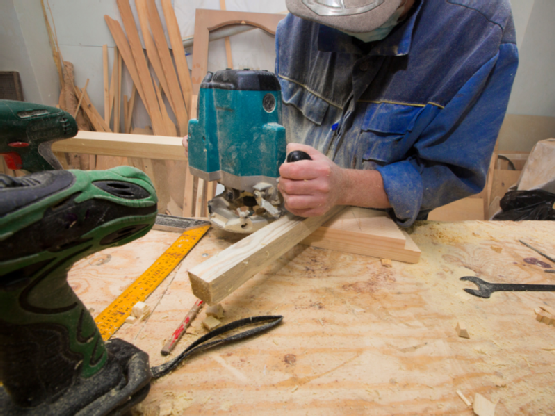
Like all power tools, a router is a very useful piece of equipment that can also be very dangerous if the proper precautions are not followed. First time users may find the sensations a little overwhelming, but there are several safety tips that you can follow to ensure that you use your router successfully.
Routers can get very loud, so it is important to use proper ear protection. They can also cause woodchips to be tossed into the air, so you should also use goggles to protect your eyes. Remember that the bit will be hot after use, so refrain from touching it until it has completely stopped and has had time to cool off. Perhaps most importantly, make sure your router is powered off before plugging it in. A router is a powerful machine that requires your full attention, and you should have a good grip on the tool as you turn it on.
A Tool Shed has been specializing in both the sale and rental of new and used equipment for over 65 years. To learn more safety tips for using a router, call us at (831) 359-4769 or visit our website. If you live in northern California, stop by one of our six locations today.
